

- RFQ
- BOM
-
Contact Us
Tel: +86-0755-83501315
Email: sales@sic-components.com
- Chinese
- English
- French
- German
- Portuguese
- Spanish
- Russian
- Japanese
- Korean
- Arabic
- Irish
- Greek
- Turkish
- Italian
- Danish
- Romanian
- Indonesian
- Czech
- Afrikaans
- Swedish
- Polish
- Basque
- Catalan
- Esperanto
- Hindi
- Lao
- Albanian
- Amharic
- Armenian
- Azerbaijani
- Belarusian
- Bengali
- Bosnian
- Bulgarian
- Cebuano
- Chichewa
- Corsican
- Croatian
- Dutch
- Estonian
- Filipino
- Finnish
- Frisian
- Galician
- Georgian
- Gujarati
- Haitian
- Hausa
- Hawaiian
- Hebrew
- Hmong
- Hungarian
- Icelandic
- Igbo
- Javanese
- Kannada
- Kazakh
- Khmer
- Kurdish
- Kyrgyz
- Latin
- Latvian
- Lithuanian
- Luxembou..
- Macedonian
- Malagasy
- Malay
- Malayalam
- Maltese
- Maori
- Marathi
- Mongolian
- Burmese
- Nepali
- Norwegian
- Pashto
- Persian
- Punjabi
- Serbian
- Sesotho
- Sinhala
- Slovak
- Slovenian
- Somali
- Samoan
- Scots Gaelic
- Shona
- Sindhi
- Sundanese
- Swahili
- Tajik
- Tamil
- Telugu
- Thai
- Ukrainian
- Urdu
- Uzbek
- Vietnamese
- Welsh
- Xhosa
- Yiddish
- Yoruba
- Zulu
- Kinyarwanda
- Tatar
- Oriya
- Turkmen
- Uyghur
electronic components materials
In the realm of electronics, the materials used in electronic components are the building blocks that determine the performance, functionality, and reliability of various devices. From the smallest microchips to large industrial equipment, understanding the materials and the factors involved in their selection is crucial for creating high-quality electronic products.
I. Common Materials in Electronic Components
A. Semiconductor Materials
Silicon (Si): Undoubtedly the most widely used semiconductor material in electronic components. Silicon's unique electrical properties, such as its ability to act as either a conductor or an insulator depending on the doping process, make it ideal for manufacturing transistors, diodes, and integrated circuits (ICs). Its abundance in nature and relatively straightforward processing methods have contributed to its dominance in the semiconductor industry. For example, in a modern microprocessor, countless silicon-based transistors work together to perform complex computational tasks at high speeds.
Germanium (Ge): Although largely replaced by silicon in most applications due to silicon's superior performance in many aspects, germanium still finds its place in some specialized scenarios. It has a higher electron mobility than silicon, which makes it suitable for high-frequency applications like certain types of high-speed transistors and in some optical communication systems where its optical properties can be exploited.
Gallium Arsenide (GaAs): This compound semiconductor material is known for its high electron mobility and excellent high-frequency performance. GaAs is commonly used in applications such as microwave circuits, satellite communication systems, and some high-speed digital circuits. For instance, in mobile phone power amplifiers, GaAs transistors can efficiently handle high-frequency signals, enabling better communication quality.
Silicon Carbide (SiC): With its excellent thermal conductivity, high breakdown voltage, and ability to operate at high temperatures, SiC is increasingly being used in power electronics applications. It is suitable for components like high-power switches, rectifiers, and in electric vehicle drivetrains, where it can handle high voltages and currents more effectively than traditional silicon-based components.
B. Conductive Materials
Copper (Cu): Renowned for its high electrical conductivity and relatively low cost, copper is one of the most commonly used conductive materials in electronic components. It is extensively used in wiring, printed circuit boards (PCBs), and connectors. For example, in PCBs, copper traces are used to create the electrical pathways that connect different components, ensuring efficient current flow.
Aluminum (Al): Aluminum is a lightweight and cost-effective conductive material. While its electrical conductivity is slightly lower than that of copper, its lower density makes it a preferred choice in applications where weight is a concern, such as in aerospace electronics and some large-scale electrical systems. Additionally, it is often used in heat sinks due to its good thermal conductivity.
Silver (Ag): Silver has the highest electrical conductivity among common metals. Although it is more expensive than copper and aluminum, it is used in applications where extremely high conductivity is required, such as in high-precision electrical contacts, some specialized RF (radio frequency) components, and in the production of certain types of sensors.
C. Insulating Materials
Plastics: A wide variety of plastics are used as insulating materials in electronic components. For example, polyethylene, polypropylene, and polystyrene are commonly used for cable insulation, providing electrical isolation and mechanical protection. They are also used in the housing and enclosures of electronic devices to protect the internal components from external factors like moisture, dust, and physical damage.
Ceramics: Ceramic materials offer excellent electrical insulation properties along with high thermal stability and mechanical strength. Alumina (Al₂O₃) and zirconia (ZrO₂) are typical ceramic insulating materials used in components such as capacitors, resistors, and insulating substrates for ICs. In high-temperature applications or where strong electrical insulation is needed, ceramics play a vital role.
D. Magnetic Materials
Ferrites: Ferrites are ceramic magnetic materials made from a combination of iron oxide and other metallic oxides. They are widely used in inductors, transformers, and magnetic cores due to their high magnetic permeability and low eddy current losses. Ferrites can be classified into soft ferrites (used in applications like power transformers and inductive sensors) and hard ferrites (used in permanent magnets for applications like motors and speakers).
Iron and Iron Alloys: Pure iron and its alloys, such as silicon steel, are used in applications where high magnetic flux density and low hysteresis losses are required. They are commonly found in large power transformers and electric motors, where their magnetic properties help in efficiently transferring electrical energy through magnetic fields.
II. Factors to Consider When Selecting Materials for Electronic Components
A. Electrical Performance
Conductivity: As mentioned earlier, the conductivity of the material is a primary consideration for components involved in electrical current transmission. For conductors, a higher conductivity means lower resistance and thus less power loss during current flow. For semiconductors, the ability to control conductivity precisely through doping is essential for creating functional electronic devices.
Insulation Resistance: Insulating materials must have high insulation resistance to prevent unwanted current leakage. In components like capacitors and electrical insulation layers in PCBs, the insulation resistance directly affects the reliability and performance of the device.
Dielectric Constant: In capacitors, the dielectric constant of the insulating material between the plates determines the capacitance value. A higher dielectric constant allows for a greater storage of electrical charge in the capacitor, which is crucial for applications such as power supply filtering and signal coupling.
B. Thermal Management
Thermal Conductivity: Components in electronic devices often generate heat during operation. Materials with high thermal conductivity, such as copper and aluminum, are preferred for heat sinks and other thermal management components to efficiently dissipate the heat and prevent overheating, which can lead to performance degradation or component failure.
Thermal Expansion Coefficient: The thermal expansion coefficient of materials used in electronic components should be carefully considered, especially when different materials are used together. If the thermal expansion coefficients of adjacent materials are significantly different, thermal stress can occur during temperature changes, potentially causing mechanical damage to the components or the entire device.
C. Mechanical Properties
Strength and Durability: Components need to withstand mechanical stresses during manufacturing, assembly, and operation. Materials with high mechanical strength and durability, such as certain ceramics and high-quality plastics, are essential for ensuring the long-term reliability of the device. For example, in portable electronic devices like smartphones, the materials used in the casing and internal structural components need to be able to withstand impacts and vibrations.
Flexibility: In some applications, such as flexible electronics and wearable devices, materials with flexibility are required. Flexible polymers and some advanced materials like graphene-based composites offer the necessary flexibility while still maintaining electrical and mechanical performance.
D. Chemical Resistance
Electronic components may be exposed to various chemicals in different environments, such as solvents, acids, and alkalis. Materials with good chemical resistance are necessary to prevent corrosion and degradation of the components. For example, in industrial control systems that may be exposed to harsh chemicals, the materials used in the electronic components need to be highly resistant to chemical attacks to ensure the reliable operation of the system.
E. Cost and Availability
Cost: Cost is always a significant factor in material selection. While high-performance materials may offer excellent properties, they may also come with a high price tag. Engineers need to balance the performance requirements of the component with the cost constraints of the overall product. For example, in mass-produced consumer electronics, the use of more affordable materials like copper instead of silver for conductive paths is often a practical choice.
Availability: The availability of materials is also crucial. Some rare or hard-to-obtain materials may pose challenges in terms of supply chain management and production continuity. Choosing materials that are widely available and have a stable supply chain is important to ensure the smooth production of electronic components.
In conclusion, the selection of materials for electronic components is a complex decision-making process that requires a comprehensive understanding of the properties of different materials and the specific requirements of the application. By carefully considering factors such as electrical performance, thermal management, mechanical properties, chemical resistance, cost, and availability, engineers can select the most suitable materials to create reliable, efficient, and cost-effective electronic components and devices.
https://www.sic-components.com/integrated-circuits-ics

Hot Products
View MoreRelated Blogs

2000+
Daily average RFQ Volume

30,000,000
Standard Product Unit

2800+
Worldwide Manufacturers

15,000 m2
In-stock Warehouse



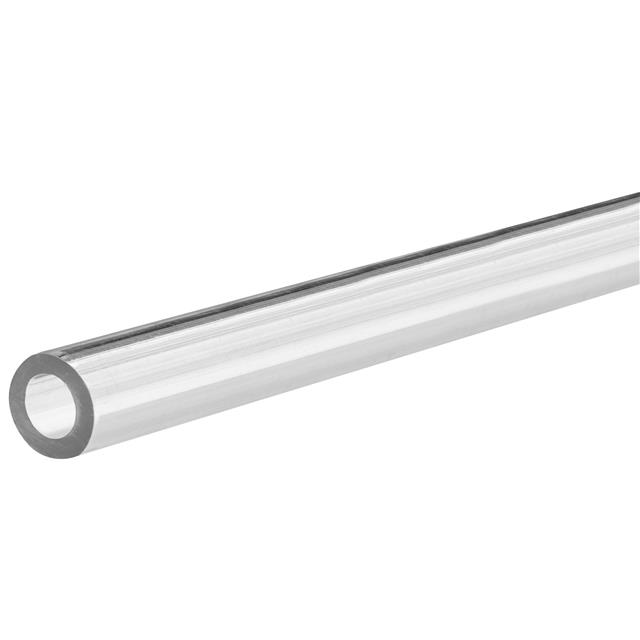

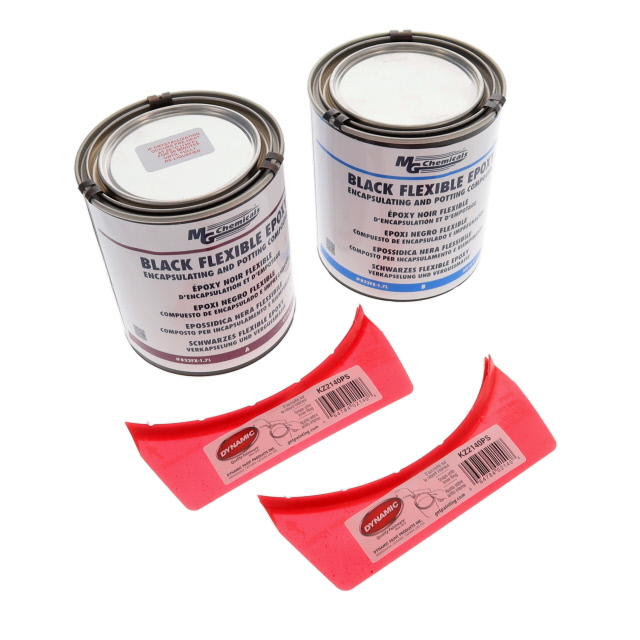
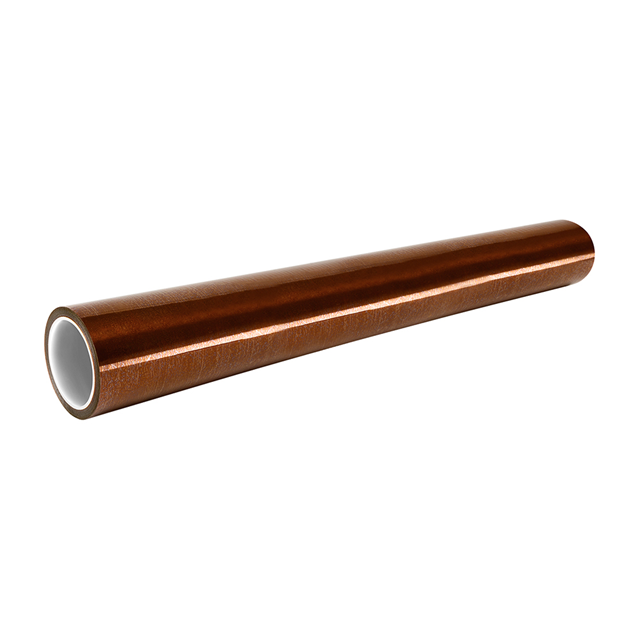
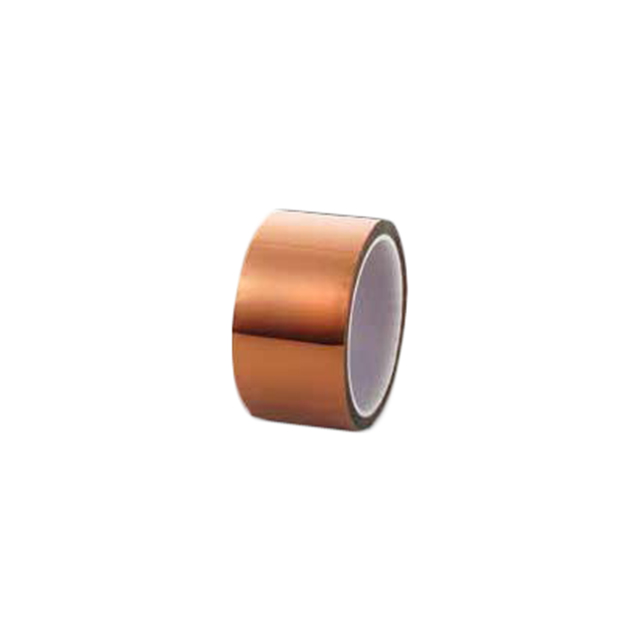
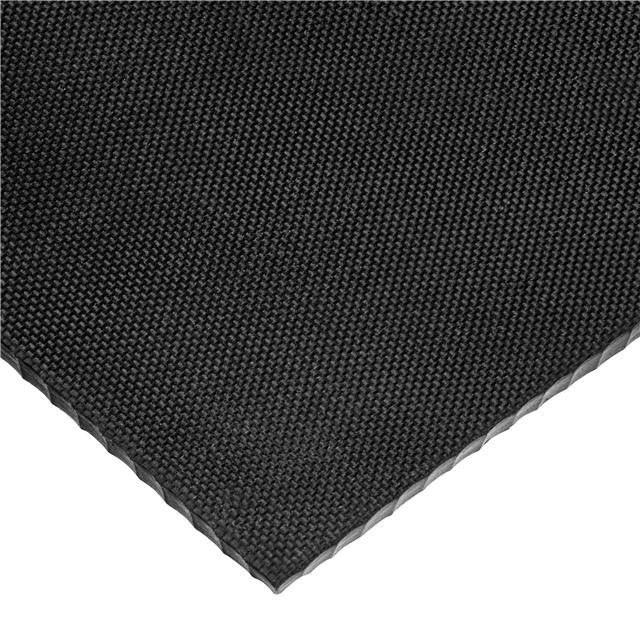
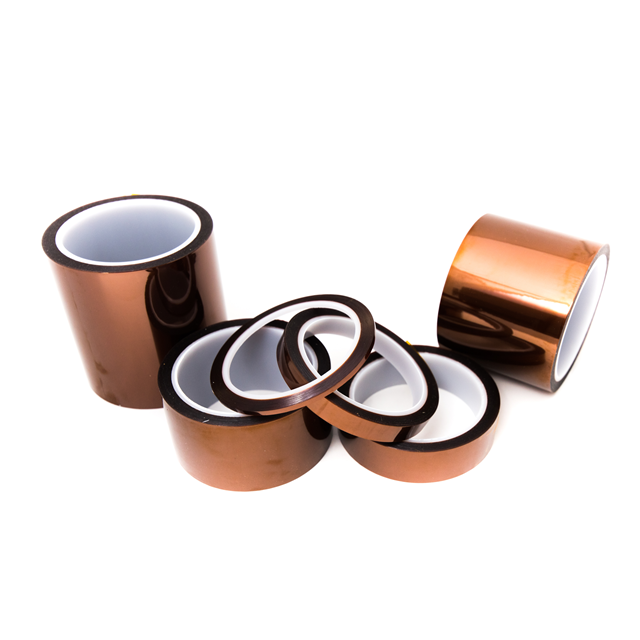

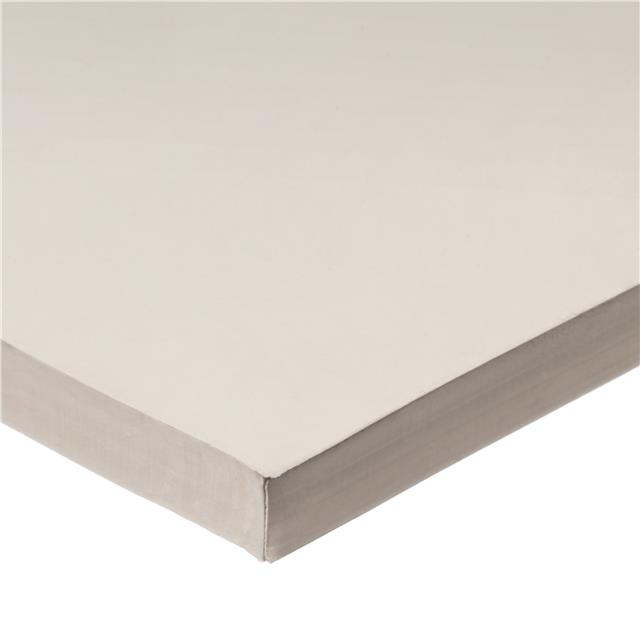
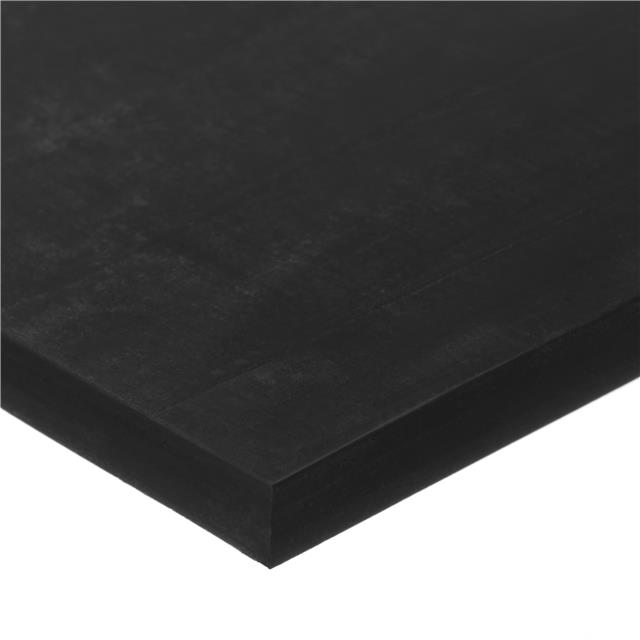
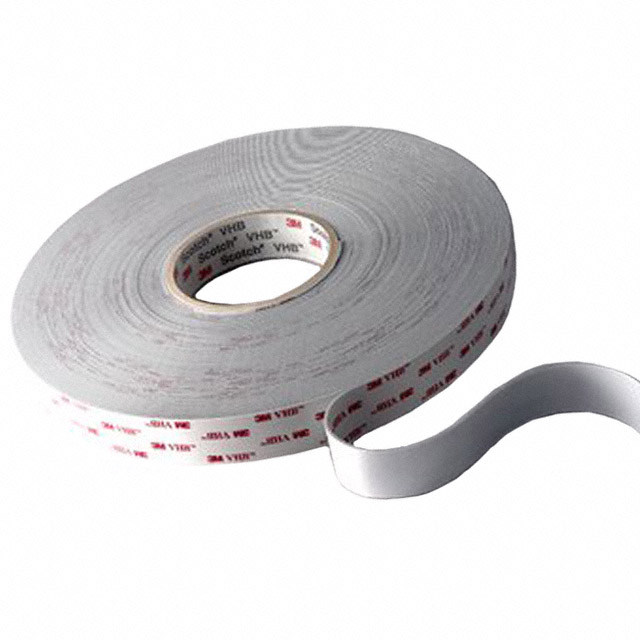
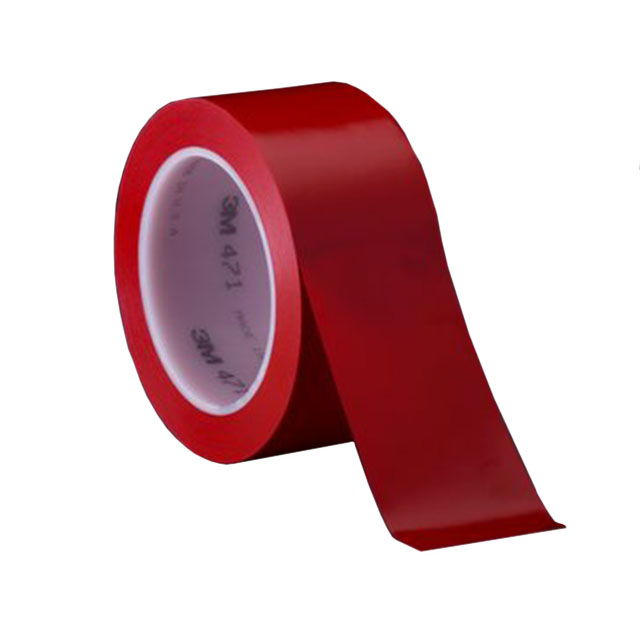
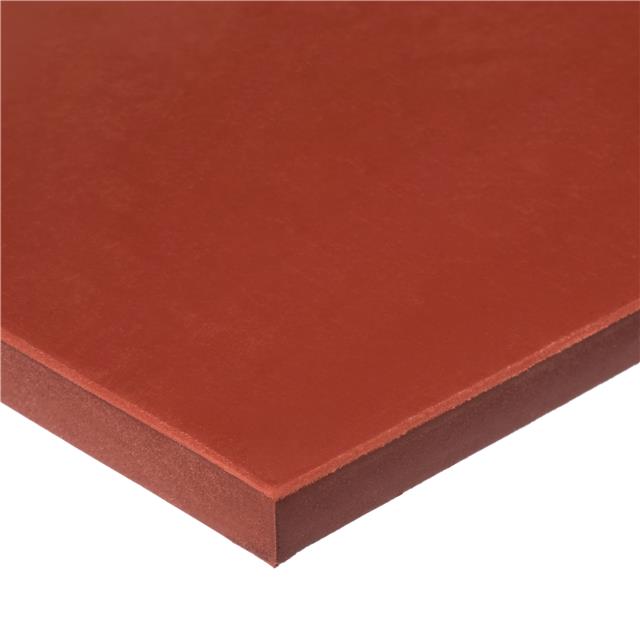
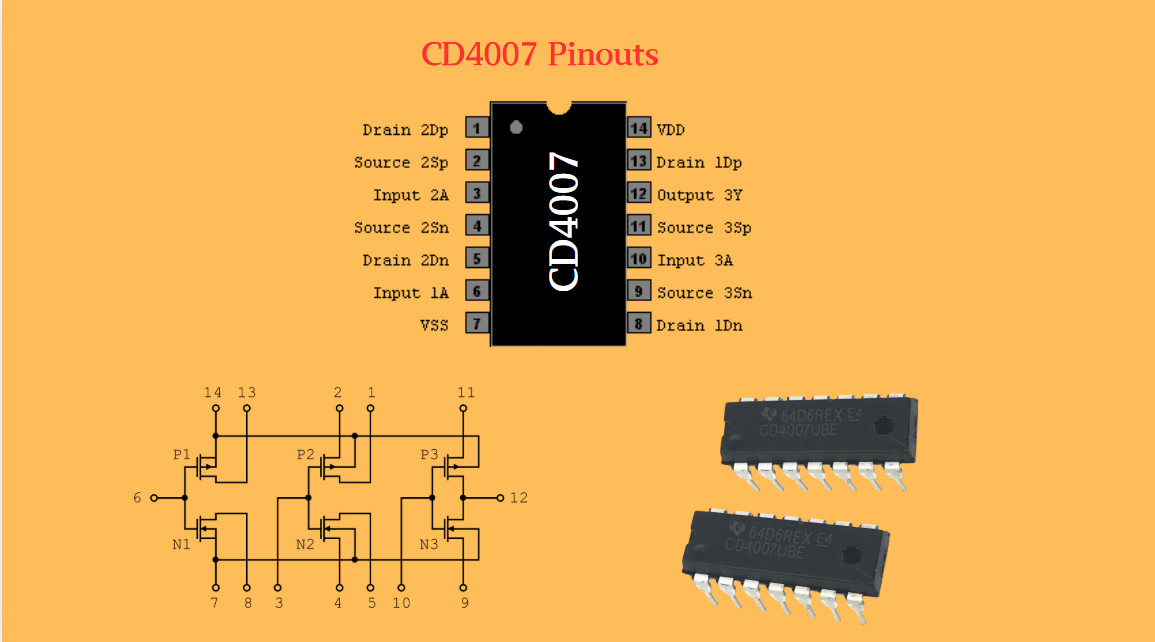
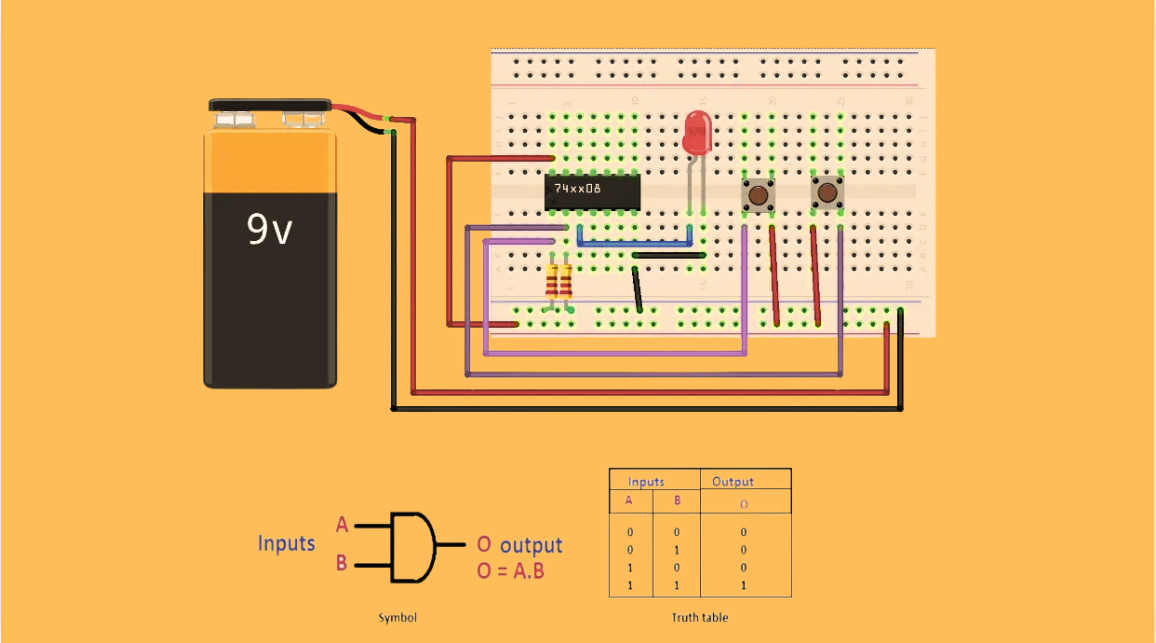
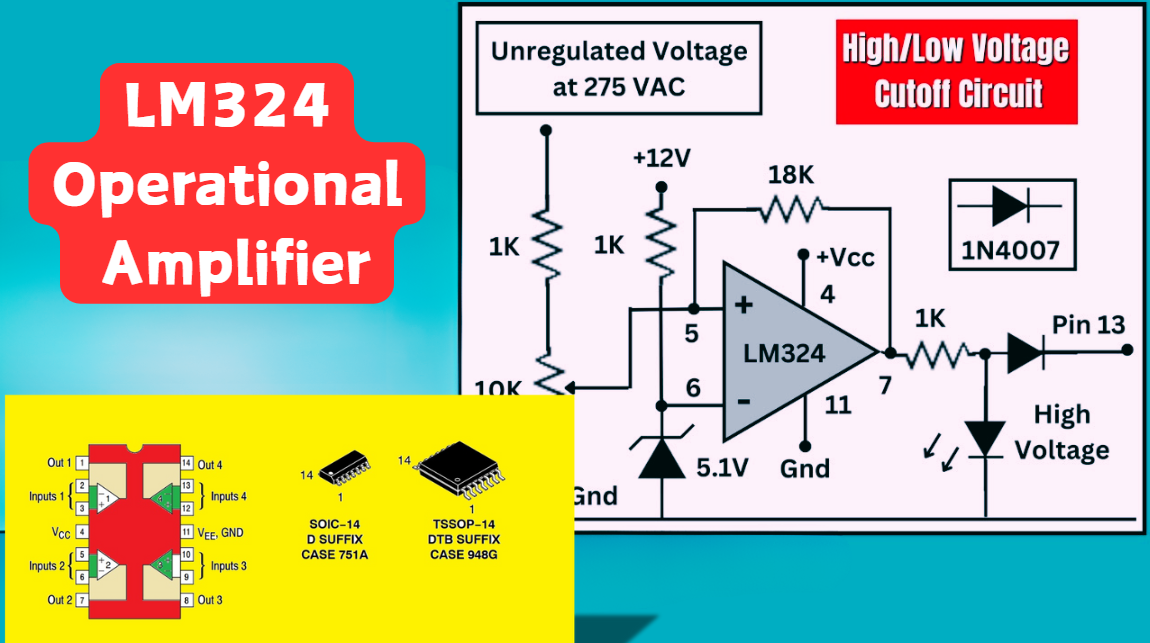
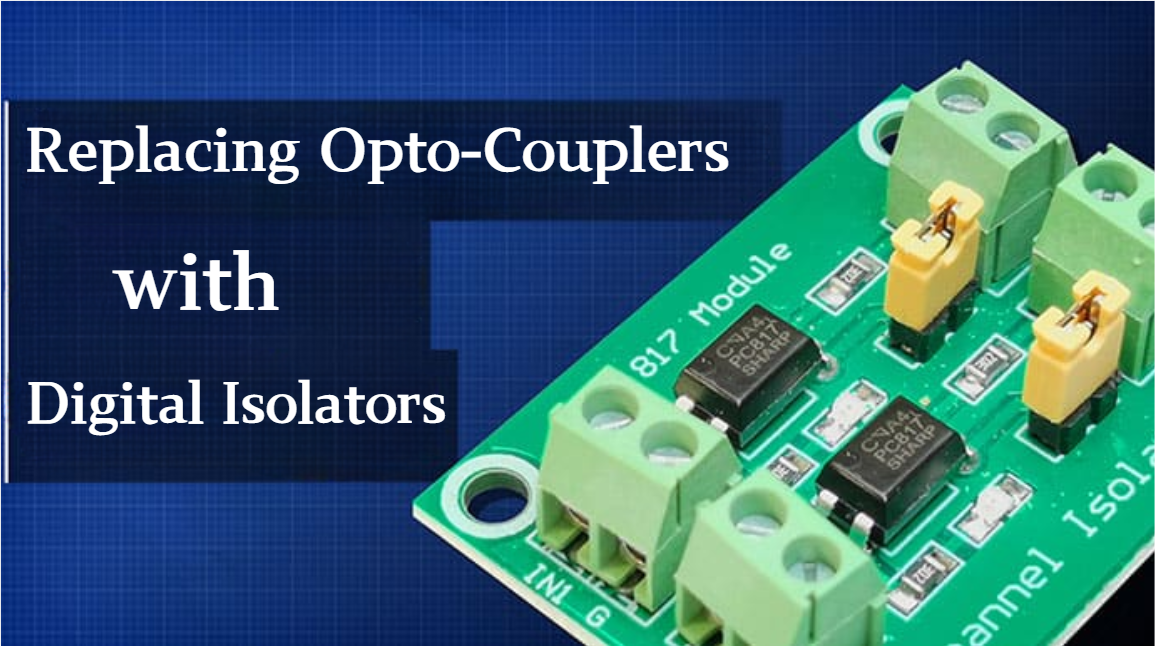
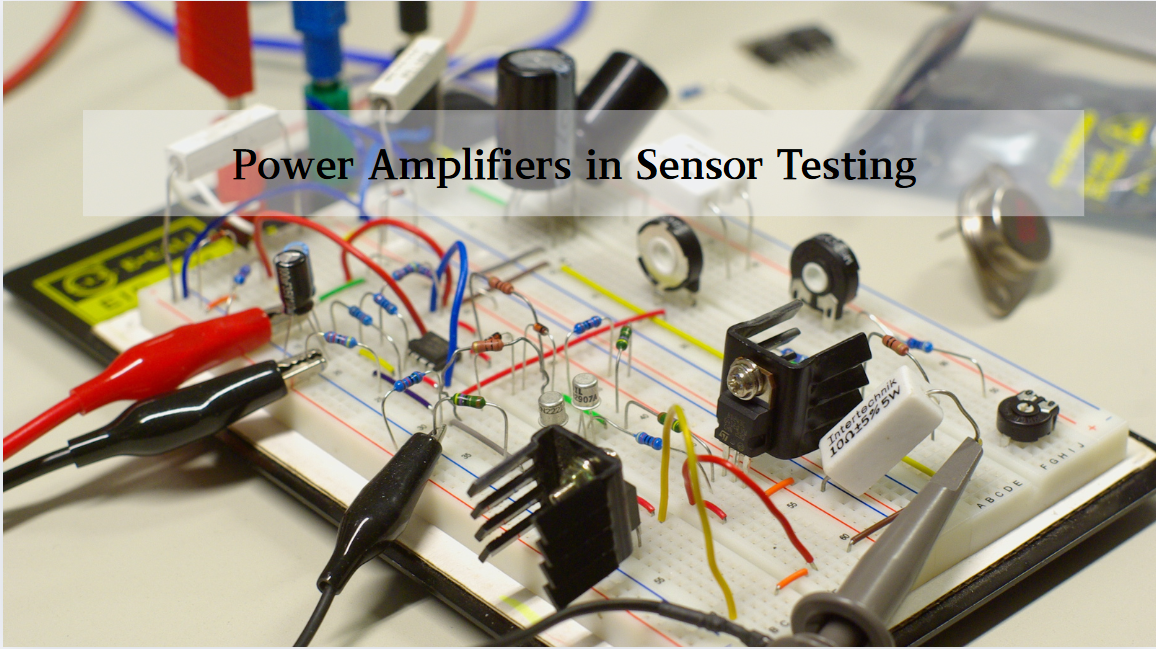
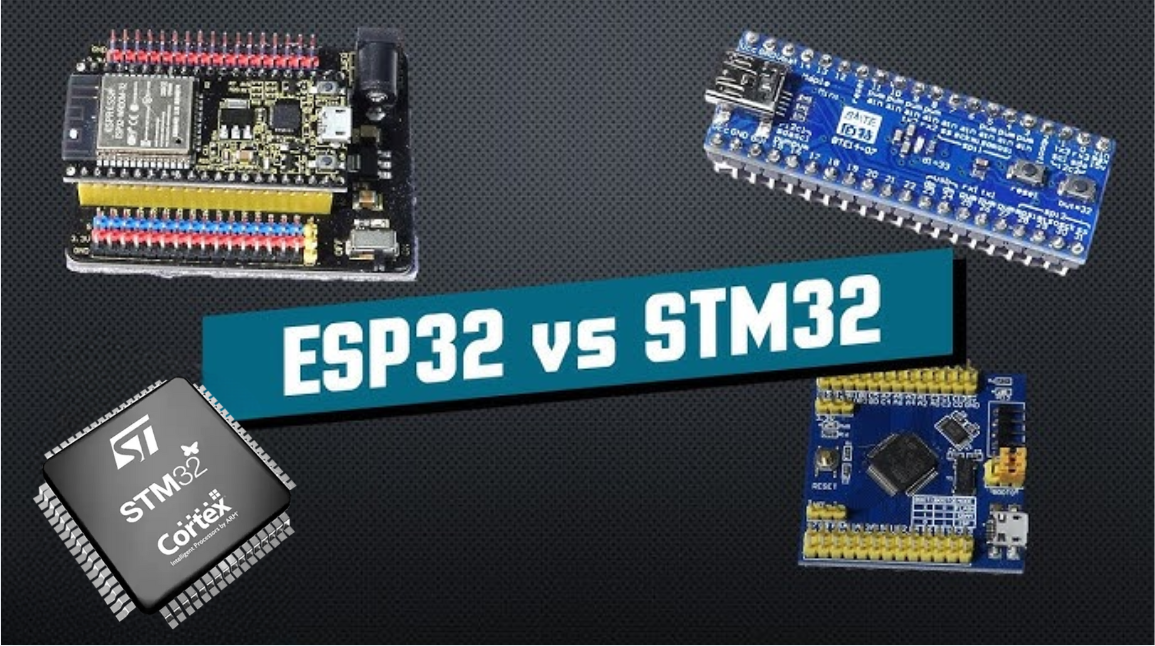
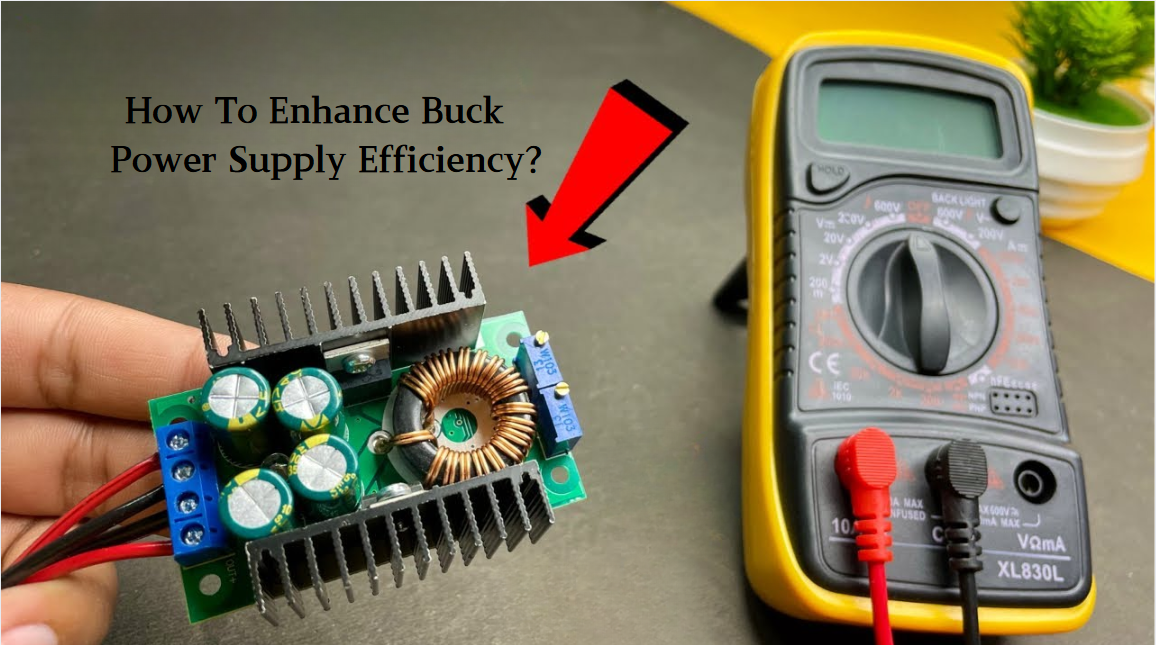
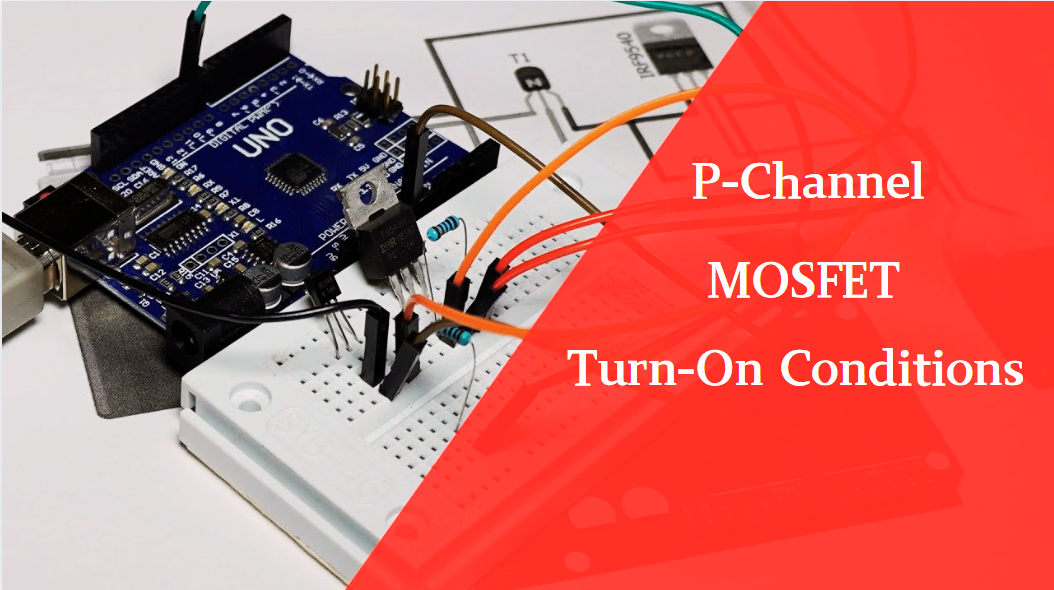
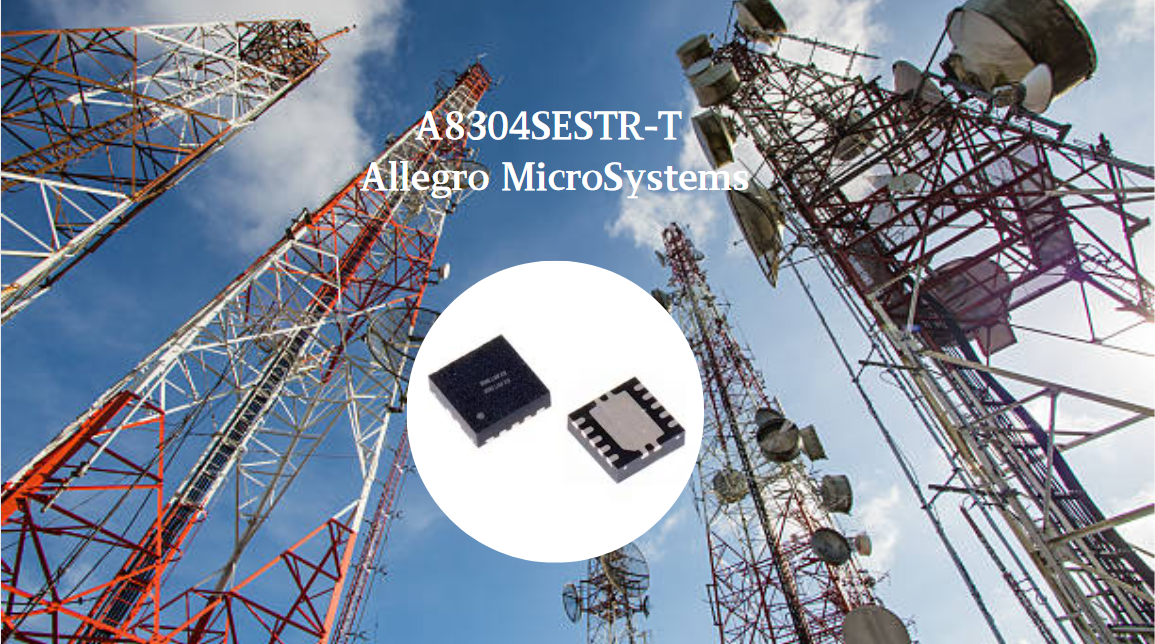

 Wishlist (0 Items)
Wishlist (0 Items)